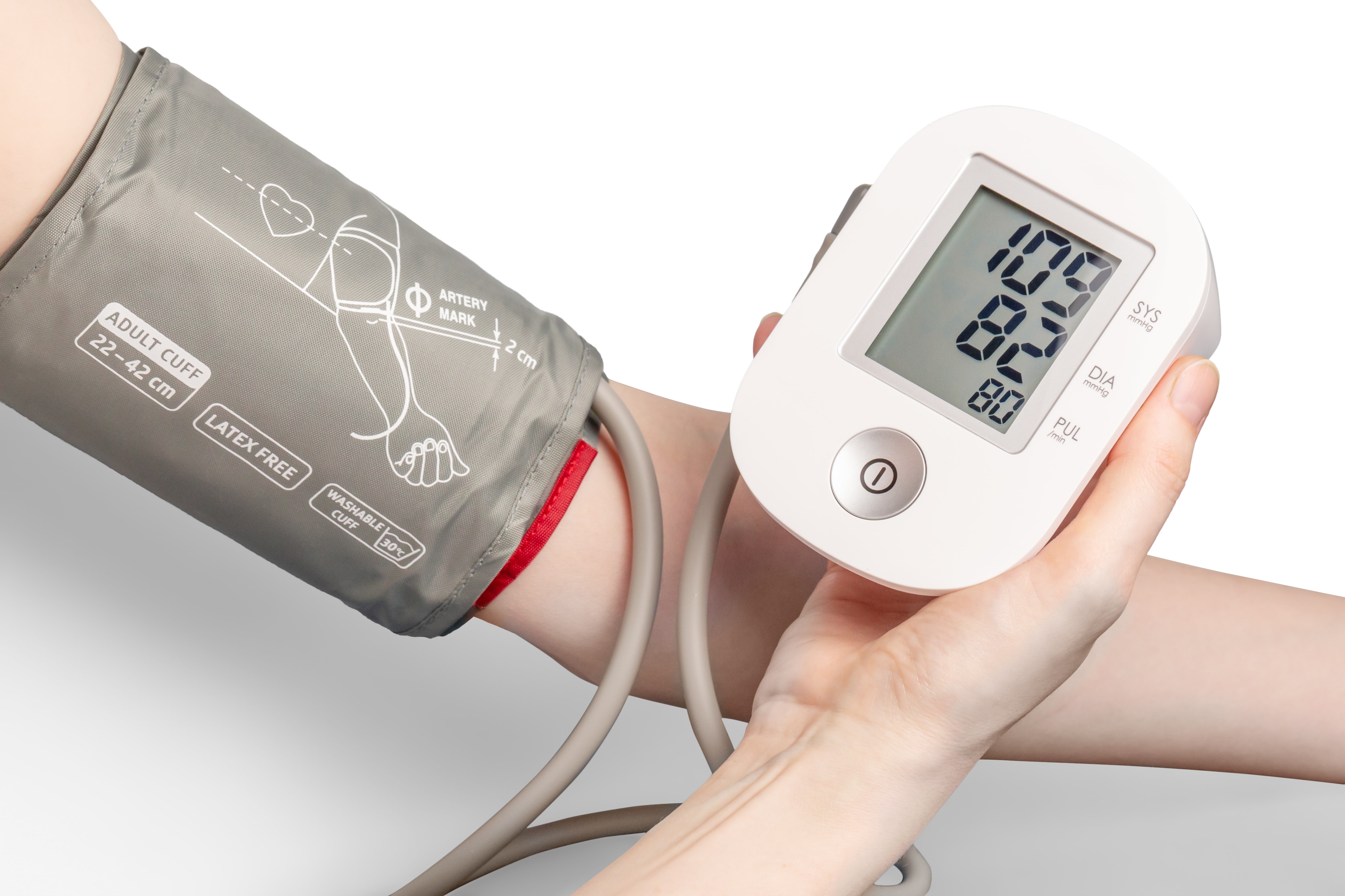
12 Apr CPAP Therapy in Treatment of Hypertension
Hypertension (HTN), or high blood pressure, is characterised by an increased force of the blood against the arterial wall. It reflects the heart’s ability to contract and relax to be able to pump the same volume of blood through-out the body. The standard classification of increased blood pressure is 140mm Hg systolic pressure (top pressure) and 90mm Hg diastolic pressure (bottom pressure). Elevated blood pressure is known to be a risk factor for developing many life-threatening conditions including heart failure, stroke, and diabetes. In fact, in 2015 it accounted for 5.8% of total burden of disease in Australia and found in 1 in 3 individuals aged 18 and older1.
Continuous positive airway pressure (CPAP) therapy is the gold standard in treatment of obstructive sleep apnoea (OSA) by providing the optimal pressure to reinforce upper airway integrity. For patients with OSA, CPAP therapy is known to improve not only the quality of sleep (decreased sleep fragmentation, snoring and apnoeic events), but to also improve daytime symptoms (daytime tiredness, morning headaches and mental cognition) as well as HTN.
A recent study by Lui et al (2021) have demonstrated the effects of CPAP therapy on control of HTN2. In their study 92 individuals with known hypertension and taking an average of 3 anti-hypertensive drugs underwent a randomised 8-week CPAP trial whereby half of the participants received CPAP therapy, while the other group received no CPAP therapy. Their blood pressure was monitored by ambulatory blood pressure through-out the trial. The research has found that there was a significant difference in the 24-hour systolic pressure (-4.4mm Hg), diastolic pressure (-2.9mm Hg), daytime systolic pressure (-5.5mm Hg) and daytime diastolic pressure (-3.4mm Hg) in people who received CPAP therapy compared to those who did not.
This study shows that even an 8-week CPAP therapy trial is significant enough to lower both systolic and diastolic blood pressure. With continued use, other studies have demonstrated similar findings, however blood pressure have reverted back to elevated levels once CPAP therapy has ceased.
1Australian Institute of Health and Welfare (2019). Who has high blood pressure. High blood pressure. Retrieved from https://www.aihw.gov.au/reports/risk-factors/high-blood-pressure/contents/high-blood-pressure accessed on 11/04/2021
2Lui, M., Tse, H., Lam, D., Lau, KK., Chan, C. & Ip, M. (2021). Continuous positive airway pressure improves blood pressure and serum cardiovascular biomarkers in obstructive sleep apnoea and hypertension. European Respiratory Journal. Published 01/04/2021. DOI: 10.1183/13993003.03687-2020

